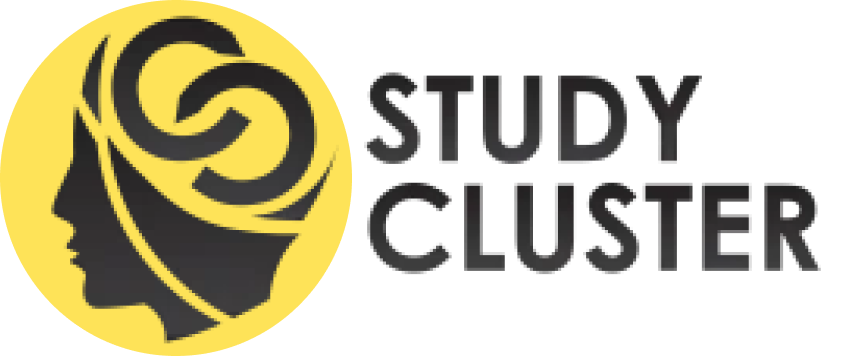At Study Clusters, a leading provider of early childhood education home tuition services in Karachi, we understand that every child learns differently. This article explores three popular early childhood education (ECE) methods – Montessori, Reggio Emilia, and Waldorf – equipping you with valuable insights to find the approach that best resonates with your child and complements your home learning environment in Karachi.
Montessori Method:
Philosophy: Developed by Dr. Maria Montessori, this method emphasizes self-directed learning in a carefully prepared environment. Children are encouraged to explore at their own pace, with a focus on developing independence, critical thinking, and problem-solving skills.
Key Elements:
- Prepared Environment: The learning space is meticulously organized with high-quality, age-appropriate materials that encourage exploration and discovery.
- Sensorial Activities: Emphasis is placed on activities that stimulate the senses, allowing children to learn through touch, sight, smell, taste, and sound.
- Hands-on Learning: Children actively engage with materials, fostering a deeper understanding of concepts.
- Individualized Learning: Lessons are tailored to each child’s developmental stage and interests, promoting self-paced learning.
Incorporating Montessori at Home:
- Create Learning Areas: Dedicate areas for practical life skills, sensory play, and language development.
- Offer Open-Ended Materials: Provide toys and activities that allow for exploration and experimentation without prescribed outcomes.
- Encourage Independence: Allow your child to complete tasks independently as much as possible, offering guidance when needed.
- Focus on Practical Life Skills: Involve your child in age-appropriate chores like setting the table or sorting laundry.
Pros:
- Fosters independence and self-confidence
- Encourages critical thinking and problem-solving skills
- Provides a personalized learning experience
Cons:
- Requires a carefully prepared learning environment
- May not be suitable for children who thrive on social interaction
Reggio Emilia Approach:
Philosophy: This approach, originating in Reggio Emilia, Italy, emphasizes the importance of creativity, collaboration, and project-based learning. Children are viewed as competent learners who express themselves through various art forms.
Key Elements:
- The Project Approach: Learning revolves around in-depth projects based on children’s interests and curiosities.
- The Hundred Languages of Children: Multiple avenues for expression are encouraged, including art, music, movement, and storytelling.
- The Environment as the Third Teacher: The learning space is considered a vital tool for exploration and expression, featuring open areas, natural materials, and captivating displays.
- Documentation and Reflection: Teachers document children’s learning journey through photographs, videos, and written observations, fostering reflection and discussion.
Incorporating Reggio Emilia at Home:
- Embrace Project-Based Learning: Choose a theme that sparks your child’s interest and explore it through various art forms.
- Provide Open-Ended Art Materials: Offer a variety of materials like paints, clay, recycled items, and natural elements to encourage creative expression.
- Document Your Child’s Journey: Take photographs and videos of your child’s exploration and artistic creations. Reflect on the learning process together.
- Create a Stimulating Environment: Display your child’s artwork and incorporate natural elements like plants and rocks into the learning space.
Pros:
- Nurtures creativity and imagination
- Encourages collaboration and communication skills
- Provides a holistic learning experience
Cons:
- Requires a significant time commitment
- May not be suitable for children who prefer structured learning environments
Waldorf Method:
Philosophy: Developed by Rudolf Steiner, this method emphasizes imaginative play, artistic exploration, and a connection to nature. Learning unfolds through rhythmic routines, storytelling, and practical activities.
Key Elements:
- Emphasis on Play: Play is viewed as essential for learning and development. Imaginary play and open-ended toys are encouraged.
- Artistic Expression: Music, movement, and storytelling are integrated into the curriculum, fostering creative development.
- Connection to Nature: Regular time outdoors and exposure to natural materials are considered vital for a child’s well-being.
- Rhythmic Routines: Predictable daily and seasonal routines provide a sense of security and structure.
Incorporating Waldorf at Home:
- Engage in Imaginative Play: Create a space for pretend play, provide costumes and props, and actively participate in your child’s imaginary world.
- Integrate Art into Daily Life: Sing songs, tell stories, and engage in creative activities like baking or painting together.
- Spend Time Outdoors: Plan regular outings to parks, gardens, or even your own backyard. Allow your child to explore nature, collect leaves and rocks, and connect with the natural world.
Pros:
- Fosters imagination and creativity
- Develops a love for nature and environmental awareness
- Creates a nurturing and secure learning environment
Cons:
- May not be readily available in all communities
- Can be challenging to find toys and materials that align with the Waldorf philosophy

